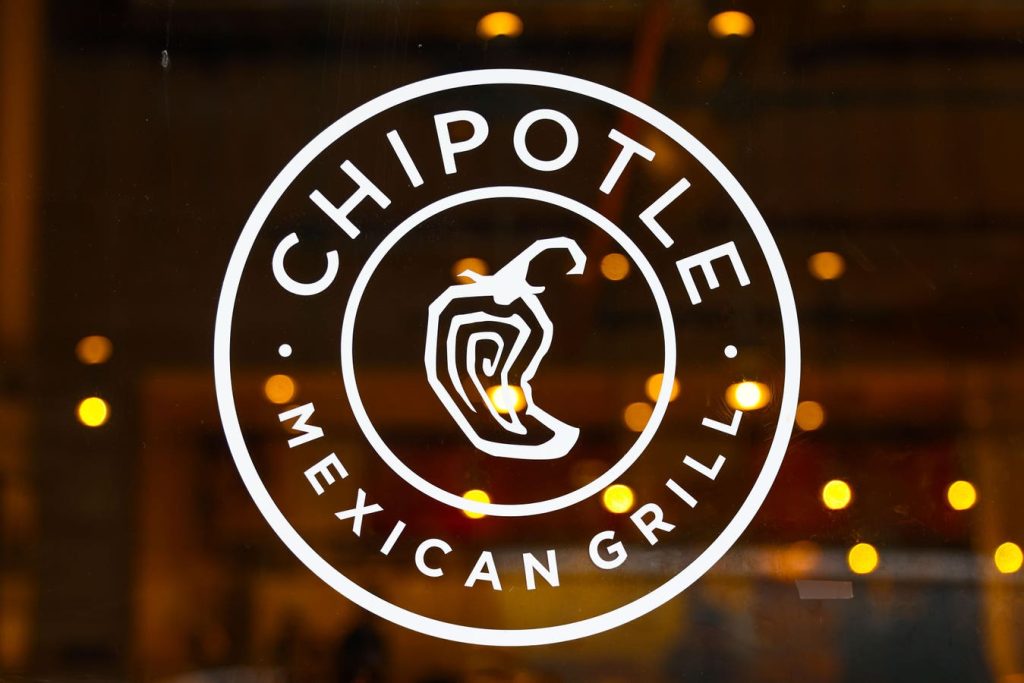Chipotle vs. Yum! Brands: A Comparative Analysis for Investment Decisions
Chipotle Mexican Grill (CMG) and Yum! Brands (YUM) represent two prominent players in the restaurant industry, each with distinct business models and growth trajectories. This analysis delves into a comprehensive comparison of CMG and YUM, examining their historical performance, revenue growth, profitability, financial positions, and future prospects to determine which stock presents a more compelling investment opportunity. While both companies operate within the food service sector, their strategies and financial profiles differ significantly, offering investors distinct risk and reward profiles.
Historical Performance and Volatility:
Over the past three years, CMG’s stock performance has been marked by significant volatility, experiencing substantial swings in annual returns. This contrasts with YUM, which has demonstrated relatively stable returns, albeit lower than CMG’s peak performance. CMG’s fluctuating returns, while potentially offering higher upside, also carry greater risk. A comparison with a diversified high-quality portfolio suggests that CMG’s volatility might be less desirable for risk-averse investors, especially in uncertain macroeconomic environments.
Revenue Growth and Strategic Focus:
CMG’s revenue growth has outpaced YUM significantly, driven by a combination of menu innovations, strategic price increases, and successful digital initiatives. While CMG’s growth rate is showing signs of moderation, it remains robust, demonstrating the company’s ability to maintain momentum even in challenging economic conditions. YUM’s revenue growth, while positive, has been considerably slower, relying primarily on its franchise model and international expansion. The contrasting revenue trends highlight CMG’s more dynamic and potentially higher-growth business model.
Profitability and Operating Margins:
CMG has exhibited a remarkable expansion in its operating margin, indicating improved efficiency and profitability. This growth in operating margin surpasses YUM’s performance, which has seen only marginal improvement. The superior margin expansion for CMG reflects its ability to effectively manage costs and pricing strategies, contributing to its overall financial strength. This suggests that CMG is better at converting revenue into profits, a key factor for long-term shareholder value creation.
Financial Position and Risk Assessment:
While CMG boasts a stronger cash position relative to its assets, YUM maintains a more favorable debt profile. YUM’s lower debt-to-equity ratio indicates a more conservative financial structure and reduced risk associated with debt obligations. However, CMG’s substantial cash reserves provide a buffer against economic downturns and greater flexibility for investments and expansion. The contrasting financial positions highlight the different risk profiles of the two companies, with YUM emphasizing stability and CMG prioritizing growth potential.
Valuation and Future Outlook:
Considering the aforementioned factors, including superior revenue growth, expanding profitability, and a robust cash position, CMG appears to be a more attractive investment option compared to YUM. While CMG trades at a higher price-to-sales multiple, reflecting investor confidence in its future prospects, its growth trajectory and financial strength justify the premium valuation. A projected return analysis further supports this assessment, indicating a higher expected return for CMG over the next three years.
Investment Considerations and Peer Comparison:
While this analysis presents a compelling case for CMG’s investment potential, it is crucial to consider broader market conditions and peer comparisons within the restaurant industry. Analyzing how other companies in the sector are performing on key metrics can provide valuable context and further inform investment decisions. Ultimately, investors should carefully evaluate their risk tolerance and investment objectives when choosing between CMG and YUM, considering the distinct strengths and weaknesses of each company.










